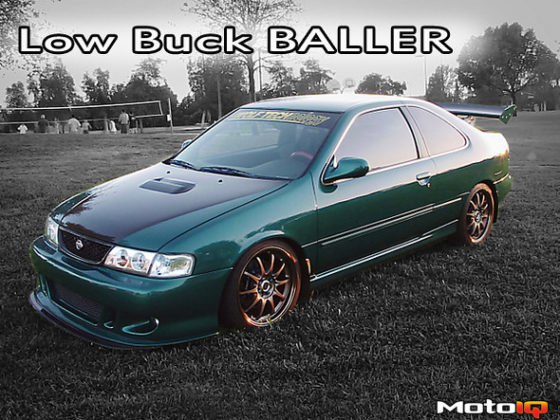The WPC treatment process works by bombarding the metal surface with a special media at high velocities leaving a hard micro dimpled surface.
No, in this case special treatment isn’t the parting of the velvet rope in the VIP line at an exclusive club, in our case, it’s something better. In this present struggling economy, anything that adds cost to an engine build is a hard sell when engine builders are struggling to stay in business and racers search far and wide for sponsors to fund their programs. Street performance fans move car mods way down on their list of money spending priorities as well. However, now more than ever, it is time to use value added processes that offer significant gains in both performance and longevity to engine builds. Many times it pays to spend more on your engine build to save money in the long run. In this series, we will be investigating special treatments such as exotic metal treatments, coatings and other state of the art processes. WPC is such a process. WPC is such a unique process in our industry with an amazing range of positive attributes that it deserves a stand alone article of its own.
Contrary to popular belief, WPC is not a coating; WPC is a metal improvement process, developed in Japan. WPC is a well kept motorsports secret that is used extensively at high levels of the sport, such as JGTC, MotoGP and WRC. Recently WPC has been gaining popularity in North America in venues such as Pro Stock drag racing, IRL, ALMS and NASCAR. WPC is also gaining acceptance from the OEM auto and motorcycle manufacturers such as Honda and Yamaha as a better performing alternative to coatings to enhance wear resistance, extend service life and to reduce friction.
WPC is very secretive about their exact process but we have been able to glean a few important details from indirect observation and our own personal experience with the process. WPC is closely related to shot-peening except it is done in a very different manor. Like shot-peening, WPC involves impacting a part with spherical projectiles to produce surface compressive stress, plastic deformation and grain refinement. Like shot-peening this action greatly improves fatigue strength and stress corrosion fracture resistance. However WPC differs from shot-peening in that the peening media is several orders of magnitude smaller, much harder and the impact velocities are much higher.

Although WPC will not divulge exactly what their media is made from, it resembles baby powder to the casual observer. We conjecture that the material is some sort of ultra hard ceramic whose dimensions and roundness can be precisely controlled like silicon nitride. These spheres are in the low micron range size wise and the impact velocities are near sonic in speed. We also believe that metallic additives such a zinc, tin and molybdenum disulfide are added to the mix to add some anti-galling lubricity or extreme pressure characteristics to the surface. At high velocities, the additives are probably inter-granularly incorporated into the surface of the metal at a molecular level, making their effects permanent and long lasting. We asked the folks at WPC to confirm this but they sort of just smiled and said nothing.
We can say that WPC, however secretive they were about the exact process was generous in showing us reams of empirical test data to back up their claims; much of it was from some of their OEM and high end racing customers that we had to swear not to reveal. Coming from an OEM and Motorsports engineering background, we can assure you that these tests are very thorough and repeatable.
WPC offers some advantages over shot-peening. Due to the small low mass projectiles and high impact velocities, WPC produces a higher amount of compressive stress and an increase in the degree of grain refinement to the base metal over shot-peening. The velocities are so high that in addition to shot-peening like grain refinement via cold working, there is also a melting and quenching phenomena going on at a very micro level as well. The result is an extremely fine grained, slip plane less nano crystalline structure with a high degree of surface hardness formed over the surface of the part, unlike shot-peening which has only a slight effect on surface hardness and strength. Because of this ultra fine grained surface, WPC has superior fatigue strength gains and stress corrosion fracture resistance when compared to shot-peening. Due to the small mass of the media, the affected zone of WPC treatment is less than 0.001″, much shallower than shot-peening.
This is a metallograph of a WPC part. A metallograph is a thinly sliced cross section of a piece of metal that is polished and acid etched so the crystal grain of the metal can be observed. WPC refines the grain, makes it finer and thus reduces the chances of stress cracks forming on the surface. WPC also removes the fine scratching left by machining and converts it to homogeneous dimpling, eliminating these small potential stress risers on the surface.





7 comments
Hey MotoIQ, the images for this article are broken.
Thanks for letting us know! It’s all fixed now and we’ve also added a couple videos at the end.
I’d love to know your thoughts on the differences between WPC and WS2?
hey motoiq
We college students need this material in our project, can you help or contact us?
Contact WPC, we do not own or manage the company, we just used the process as a customer!
How does DLC vs REM vs WPC compares?
DLC is a coating, WPC is a surface treatment.